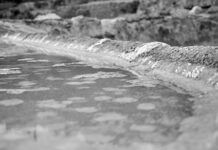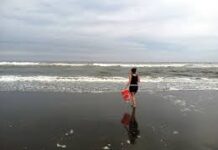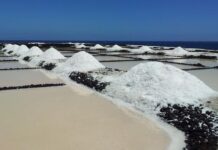
Pnevmatikatos Socrates# , Kintziou Helen## , Varvaresou Athanasia ## , Papageorgiou Spyridon ## , Protopapa Eyagelia ## , Kefala Vasiliki## . # S.Trikoupi 20, Μessolonghi 30200,Greece ##Department of Aesthetics and Cosmetology, Technological Educational Institution of Athens, Egaleo, Athens, Greece
INTRODUCTION
Clay minerals are used in Aesthetics and in the Cosmetology to clean and moisturize the skin, to peel off the keratinocytes and to combat lipodystrophies, acne and cellulite. Cellulite is a herniation of subcutaneous fat within fibrous connective tissue that manifests topographically as skin dimpling and nodularity, most often in the pelvic region, lower limbs and abdomen. Many therapeutic approaches have been used to confront the condition, usually with inconclusive results. We used mud from a well known for its therapeutic properties location in Messolonghi-Greece and evaluated its ability to affect the condition. PATIENTS AND METHODS A total of 30 female patients exhibiting the same degree of cellulite, lifestyle and activity level were recruited and divided randomly in two groups, A and B. The first group (A) was left untreated while the second (B) received the sea mud therapy for fifteen consecutive days. The degree of difference was determined measuring the circumference in the middle of the thigh.
The therapy consisted of a thin application of sea mud on the affected areas followed by exposure to direct sunlight for thirty minutes, covering all parts of the affected areas. The 2-tailed paired t-test (SPSS v 17.0) was utilized for the statistical evaluation of the measurements. RESULTS The results for groups A and B are presented in Tables 1and 2, respectively.
Table 1 Group A Table 2 Group B * D0. = Day 0, ** D15. = Day 15 As it is shown in Table 1 no significant change was observed in the stage of cellulitis,, in the perimeter of the thighs, in the circumference or in the perimeter of waist in group A, which did not received any treatment (p > 0,05, in all cases). On the contrary, improvement was noticed with statistical significance (p < 0,05), regarding the aforementioned parameters in group B (Table 2).
The mean stage of cellulitis was decreased from 2,4000 to 1,9333 (p=0,004), while the perimeter of each thigh was also diminished (right thigh p=0,002, left thigh p=0,001). Decrease was noticed in the circumference (p= 0,007), as well. The perimeter of waist was also improved from 82,3333 to 81,8667 (p=0,004).
It is noteworthy that no irritating effects such as redness or itching has been reported. In conclusion the application of Messolonghi sea mud for fifteen consecutive days has been proved to be a beneficial and safe method for the treatment of cellulitis.



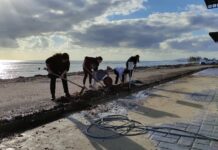

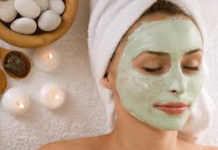
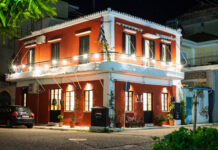


![Effect of sea mud compresses from Messolonghi lagoon as a treatment for cellulite [Experimental study]](https://saltandmud.gr/wp-content/uploads/2021/08/unnamed-218x150.png)
